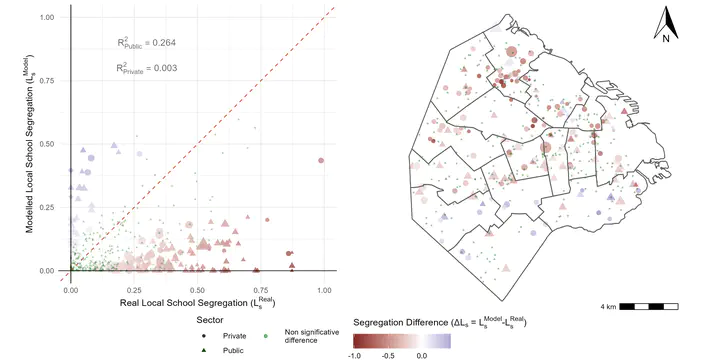School and Residential Segregation in the Reproduction of Urban Segregation
A Case Study in Buenos Aires

Abstract
The link between residential and school segregation is widely recognized as a key to explaining urban inequalities. However, most studies have focused on countries of the global north. This paper outlines to identify to what extent residential segregation explains secondary school segregation in Buenos Aires (Argentina). Based on linear programming methods, the study proposes a hypothetical assignment model of pupils to compare whit real school composition. Using a decompose method to analyze the differences in segregation indices, this paper finds that in a residential context with low segregation but high social inequalities, school segregation is a social mechanism that allows maintaining spaces for differentiation and distancing between groups. The potential of a multi-domain approach to segregation lies in allowing us to understand how these domains work in an articulated and complex way reinforcing urban segregation.